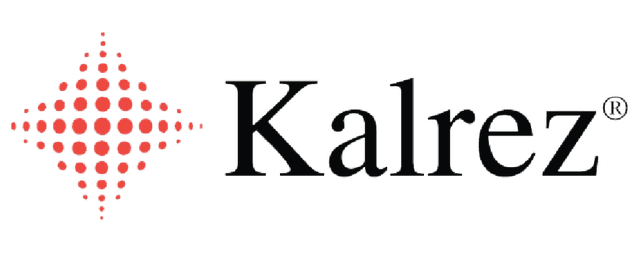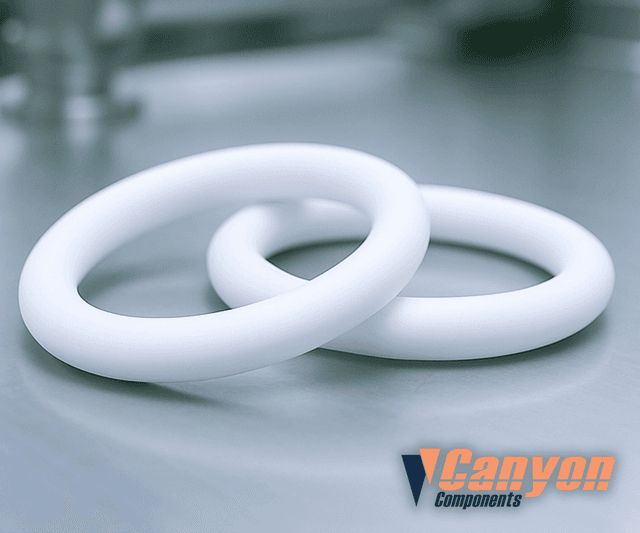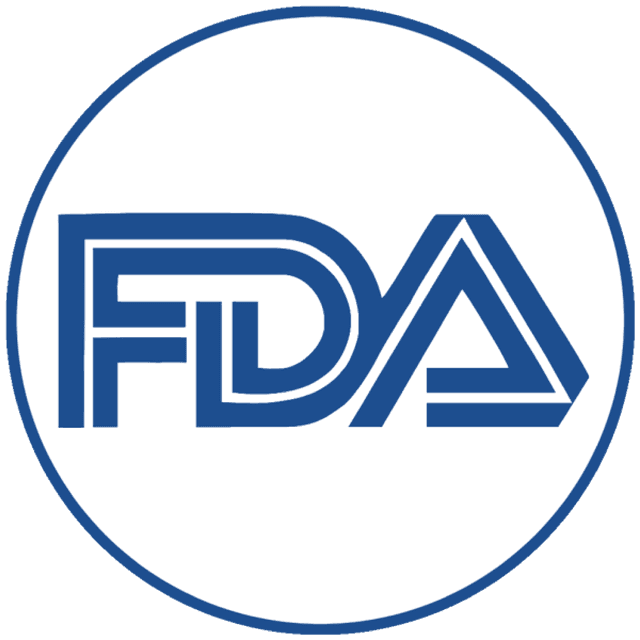
USDA 3A Materials
USDA 3A materials are essential for applications that involve direct contact with food, beverages, and dairy products. These materials comply with the 3-A Sanitary Standards, ensuring they meet stringent hygiene and safety requirements in food and beverage processing industries. They are widely used in equipment where cleanliness, safety, and durability are paramount. This guide covers the features, common applications, and the pros and cons of USDA 3A materials.
USDA 3A sanitary silicone, EPDM, metal detectable materials, CanRez® FFKM and Kalrez® O-rings, gasket rapid manufacturing, & custom molded parts are available now!
Check with one of Canyon’s helpful product engineers for an expert material and manufacturing recommendation.
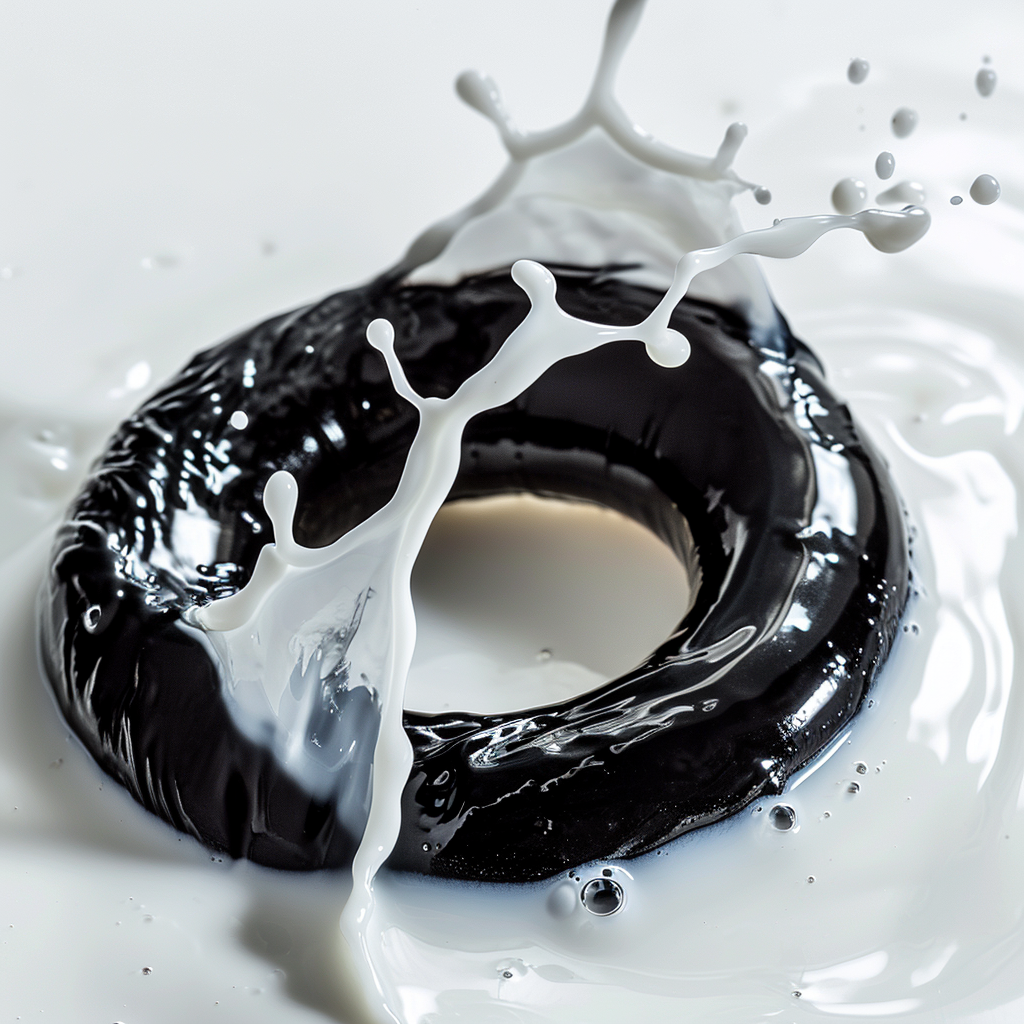
Features of USDA 3A Materials
USDA 3A materials are engineered to meet rigorous sanitary requirements, offering a range of features that make them suitable for food and beverage applications:
- Hygienic Design: USDA 3A materials are developed to ensure that they meet high standards of cleanliness, minimizing contamination risks in food and beverage processing.
- Non-Toxic and Safe for Food Contact: These materials are tested to ensure they do not leach harmful substances into food or beverages, complying with safety regulations for direct food contact.
- Chemical and Temperature Resistance: USDA 3A materials are resistant to harsh cleaning agents and extreme temperatures, ensuring they maintain their integrity even in high-temperature processes like pasteurization and sterilization.
- Durability: These materials are designed to withstand the daily wear and tear of food processing environments, ensuring long-lasting performance and reducing maintenance needs.
- X-Ray and Metal Detectable Options: USDA 3A materials are available in x-ray and metal detectable formulations, allowing food processing equipment to quickly identify any potential material contamination during production, thus maintaining product integrity and safety.
Common Applications of USDA 3A Materials
USDA 3A materials are used in a variety of food, beverage, and pharmaceutical applications where hygiene and safety are paramount:
- Dairy Processing: USDA 3A materials are used in seals, gaskets, and tubing in dairy equipment such as pasteurizers, milk processing systems, and cheese-making machines, ensuring compliance with sanitary standards.
- Food and Beverage Processing: These materials are essential for food and beverage equipment, including mixers, blenders, and conveyor belts, where they help maintain cleanliness and prevent contamination.
- Pharmaceutical Manufacturing: In pharmaceutical applications, USDA 3A materials are used in equipment like seals and gaskets in drug production to maintain purity and meet regulatory requirements.
- Meat and Poultry Processing: USDA 3A materials are widely used in meat and poultry equipment, such as grinders and slicers, ensuring sanitary conditions and preventing contamination.
- Bottling and Packaging Equipment: USDA 3A materials are used in seals and gaskets for bottling lines, beverage dispensers, and packaging equipment to prevent contamination during product handling.
Please consult a Canyon Components Engineer about your specific application and we will use our decades of experience to formulate a solution that fits your need.
3A Sanitary Materials Available
This table shows many of our standard materials and links out to our O-ring store. Get in touch with us if you need a custom gasket, custom molded part, or non-standard geometry!
Filter by
Temperature Search (°C)
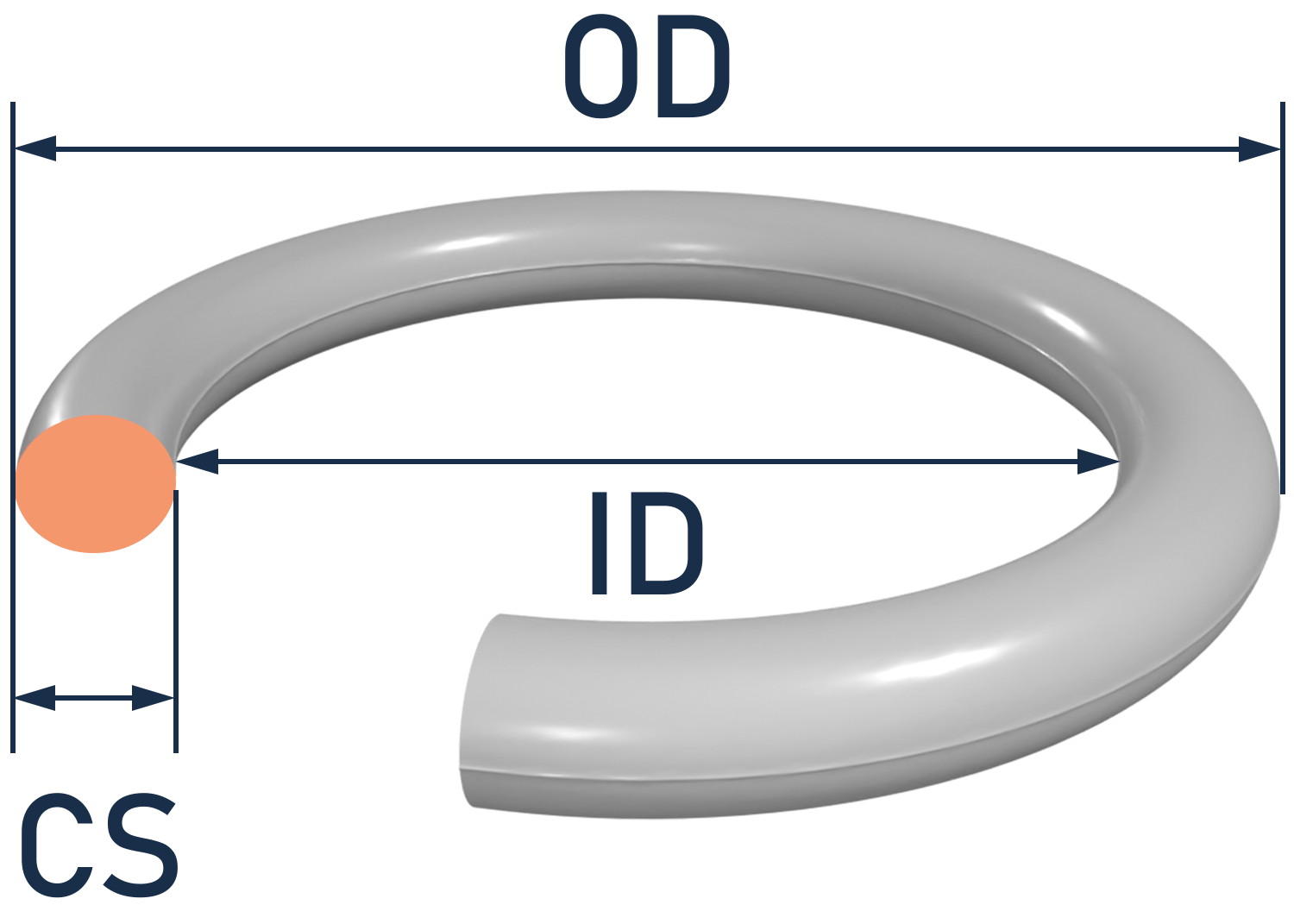
Get a Quote Now!

USDA 3A Elastomers
Dairy & Food Grade Materials
Explore USDA 3A materials, designed for use in dairy and food processing applications. Learn about their hygienic features, compliance with USDA standards, and how they ensure safety and cleanliness in food contact environments.
Specialty Compliances
Canyon have materials available for O-rings, gaskets, & custom parts with compliances ranging from USP Class VI <87> & <88> for medical applications, to FDA CFR 21.177.2600 grades A through F for different food types, to the various drinking water specifications like KTW and NSF. Whether it's metal, rubber, or plastic, Canyon can meet your needs!
Custom Parts
Here at Canyon Components, we make sure to offer our customers any manufacturing technique they desire. Whether your USDA 3A O-rings, gaskets, & custom molded parts be rubber, plastic, or metal, rest assured that Canyon Components can make it!
CanRez™ FFKM Perfluoroelastomer
Extreme temperatures & chemicals require extreme solutions! USDA 3A CanRez™ FFKM materials offer extreme reliability where you need it most! Thousands of sizes in stock now!
Kalrez® FFKM Perfluoroelastomer
Canyon Components offers USDA 3A Kalrez® Perfluoroelastomer (FFKM) O-rings, gaskets, & custom molded parts at competitive prices and with great lead-times.
USDA 3A Parker® O-rings, Parofluor parts, parker FKM Viton
Canyon Components offers USDA 3A Parker Hannifin® O-rings, Gaskets, USDA 3A Perfluoroelastomer (FFKM) parts, & custom molded parts at competitive prices and with great lead-times.
FKM (Viton®, Fluorocarbon)
USDA 3A FKM compounds, O-rings, gaskets, & custom molded parts exhibit excellent mechanical attributes as well as excellent resistance to high temperatures, mineral oil, ozone, fuels, hydraulic fluids, and many other solvents and chemicals.
Fluorosilicone (FVMQ)
The mechanical and physical properties of USDA 3A Fluorosilicone O-rings, gaskets, & custom molded parts are very similar to silicone. Fluorosilicone O-rings, gaskets, & custom molded parts offer improved flexibility and strength, better resistance to fuels and mineral oil, but reduced hot air resistance.
Silicone (VMQ, PVMQ)
USDA 3A Silicone seals, O-rings, gaskets, & custom molded parts are excellent for extreme temperatures in static applications. Canyon Components carries a range of silicone materials, and we are happy to custom tailor a seal to meet your application requirements!
EPDM (Ethylene Propylene)
USDA 3A EPDM materials, O-rings, gaskets, & custom molded parts can operate over a wide temperature range, and are compatible with glycol fluids that cause problems for most typical elastomeric seals.
NBR (Nitrile, Buna-N)
USDA 3A Nitrile O-rings, gaskets, & custom molded parts are very oil-resistant, have strong mechanical properties, are resistant to wear, and are relatively inexpensive. These properties make Nitrile the most commonly used general purpose O-ring, gasket, & custom molded part material.
PTFE Encapsulated
USDA 3A FEP and PFA encapsulated O-rings consist of an elastomeric core and a seamlessly closed casing of modified PTFE. The elastomer core of encapsulated O-rings is typically made of FKM (Viton) or VMQ (silicone) and guarantees a uniform pre-tensioning at the sealing point.
PTFE (Teflon)
The harshest environments require specialized solutions. Often times, a Canyon Components USDA 3A PTFE O-rings are used in harsh chemical environments. Polytetrafluoroethylene, commonly known as PTFE or Teflon®, is a high-performance fluoropolymer known for its exceptional chemical resistance, low friction, and non-stick properties.
USDA 3A Plastics
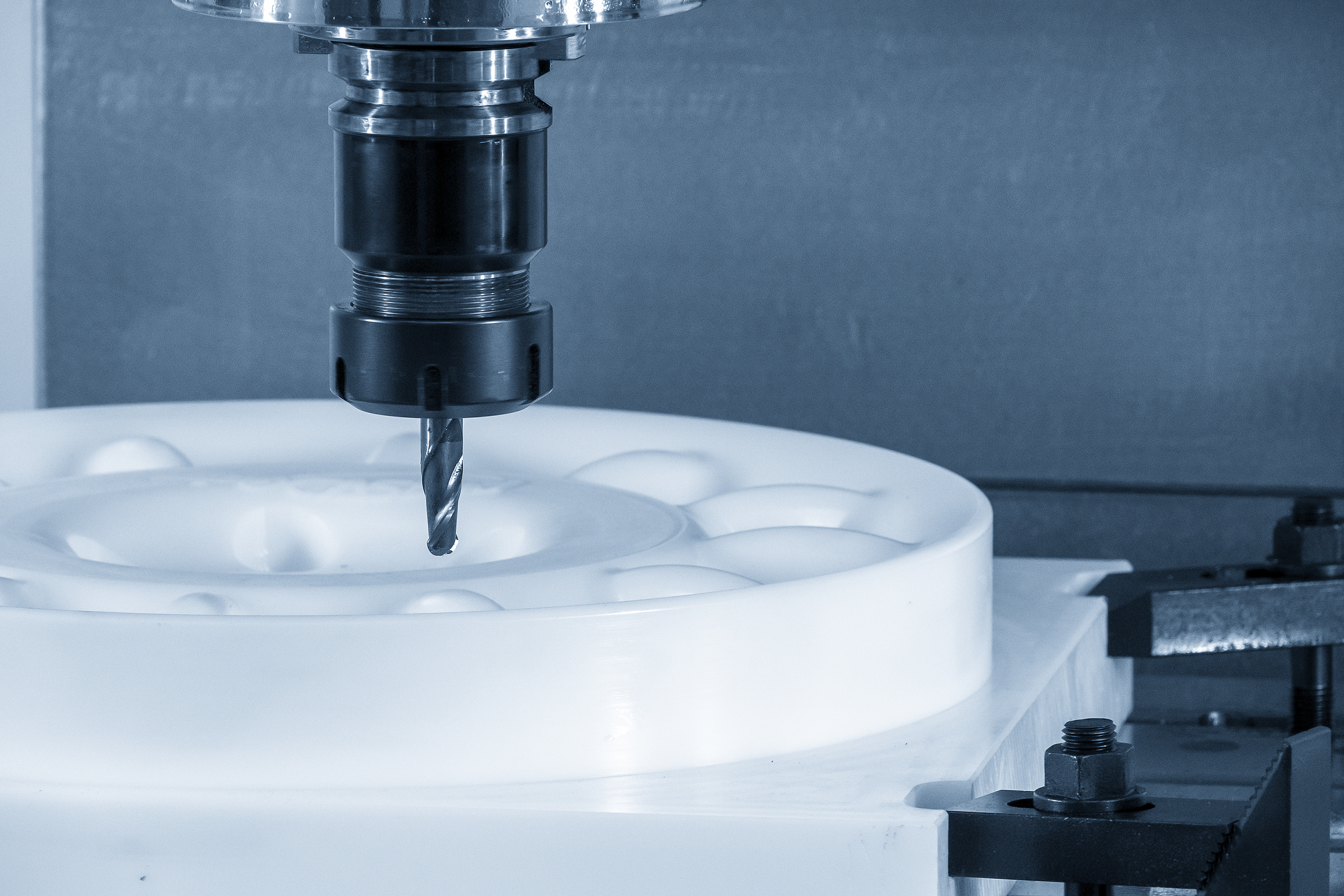
X-Ray and Metal Detectable Materials
One of the key advancements in USDA 3A materials is the inclusion of x-ray and metal detectable options. These materials are designed with special additives that make them detectable by standard inspection systems used in food production facilities:
- X-Ray Detectable: These materials contain additives that make them visible in x-ray inspections, allowing detection of any foreign material contamination in food products during quality checks.
- Metal Detectable: Metal detectable USDA 3A materials include metal particles that can be identified by metal detection systems commonly used in food processing environments, ensuring quick identification of any contaminants.
- Enhanced Safety and Quality Control: The use of x-ray and metal detectable materials provides an extra layer of protection against contamination, improving product safety and reducing the risk of costly recalls.
Canyon Components strives to meet all customer service requests. Feel free to contact Canyon Components engineering and let our knowledgeable staff help you design the perfect part for your needs.
USDA 3A Materials Pros & Cons
USDA 3A materials are vital for ensuring the hygiene, safety, and regulatory compliance of food, beverage, and pharmaceutical equipment. With features like chemical resistance, durability, and the availability of x-ray and metal detectable options, these materials help prevent contamination and ensure the safety of products throughout the production process. While there are challenges in terms of cost and certification, the benefits of USDA 3A materials make them an essential choice for maintaining high standards of cleanliness and safety in critical applications. Understanding the features, applications, and potential drawbacks of USDA 3A materials will help you make informed decisions to ensure the quality and safety of your food and beverage systems.
Canyon Components strives to meet all customer service requests. Feel free to contact Canyon Components engineering and let our knowledgeable staff help you design the perfect part for your needs.
Pros of USDA 3A Materials
USDA 3A materials offer several advantages that make them an excellent choice for food and beverage applications:
- Regulatory Compliance: These materials meet 3-A Sanitary Standards, ensuring compliance with food safety regulations and reducing the risk of regulatory violations.
- Hygienic and Safe for Food Contact: USDA 3A materials are designed to prevent contamination and ensure that food and beverage processing equipment remains clean and safe for use.
- Durability and Resistance: USDA 3A materials offer long-lasting performance in harsh environments, resisting exposure to chemicals, cleaning agents, and high temperatures.
- X-Ray and Metal Detectable Options: These detectable materials enhance safety in food processing facilities, making it easier to identify contamination and maintain product quality.
- Versatility: USDA 3A materials can be used across various food, beverage, and pharmaceutical applications, making them a versatile solution for sanitary environments.
Cons of USDA 3A Materials
While USDA 3A materials provide significant benefits, there are also some potential drawbacks to consider:
- Higher Cost: USDA 3A materials, especially those with x-ray and metal detectable properties, can be more expensive than non-certified alternatives due to the rigorous testing and certification required.
- Limited Availability: The range of materials that meet USDA 3A certification may be more limited compared to non-compliant options, potentially restricting material choices for specific applications.
- Certification Process: The certification process for USDA 3A materials can be time-consuming and costly, adding to product development timelines and expenses.
- Specific to Food and Beverage Industries: USDA 3A materials are tailored specifically for food, beverage, and pharmaceutical applications, and may not offer the same benefits in non-food-related industries.
Relevant Compliances
USP Class VI Materials: Certified for Medical and Pharmaceutical Applications
Explore USP Class VI materials, certified for use in medical devices, pharmaceuticals, and food processing. Learn about their features, compliance standards, and how they ensure safety and purity in critical environments.
FDA Compliant Materials: Safe and Reliable Solutions for Food and Medical Applications
Discover FDA compliant materials, designed for use in food processing, medical devices, and pharmaceutical applications. Learn about their safety features, regulatory compliance, and how they meet stringent industry standards.
Materials for Food and Dairy
Explore FDA Compliant and 3A Materials: specially designed for food and dairy industry, ensuring hygiene, safety, and compliance with strict standards.
Back to Compliance Hub

Get A Quote Now!






